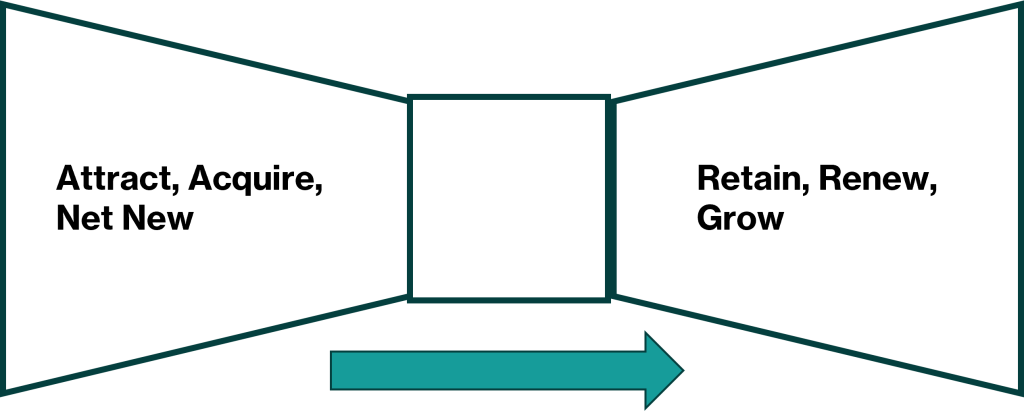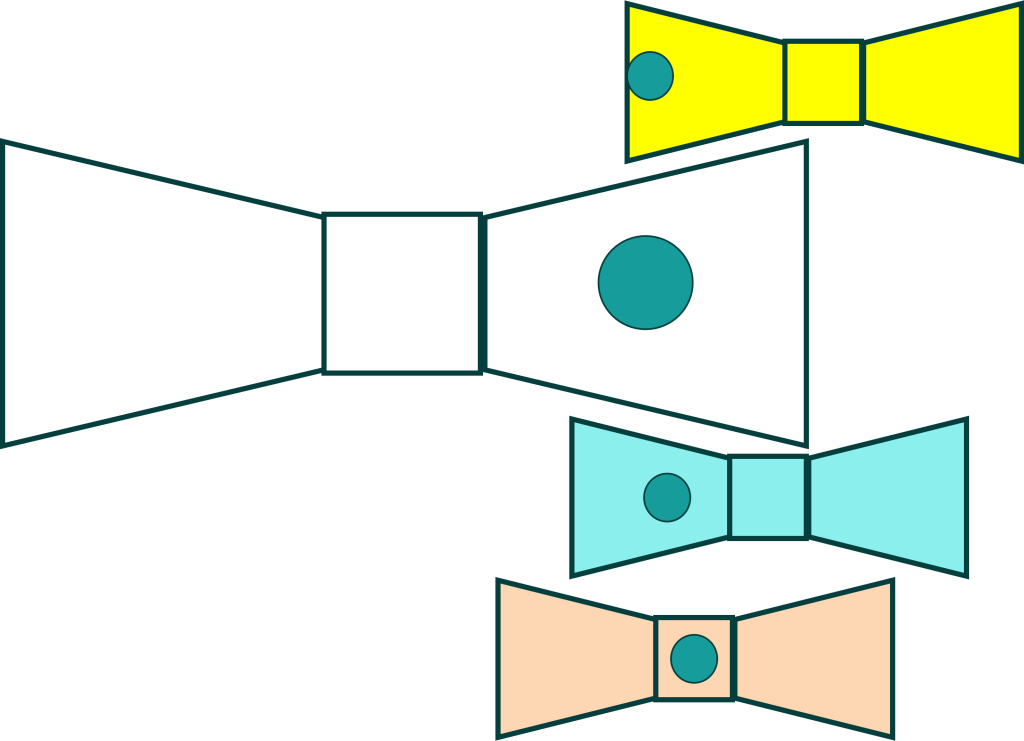We build all sorts of models to help us understand our customers, markets, competition. We look at changes, disruptions, building them into our models. They help us simplify and focus our efforts and initiatives. They provide a framework each of us understands, enabling our teams to maximize performance.
Eventually, they provide the operating framework guiding our strategies and execution. Models are very powerful and critical to our success.
At the same time, our models limit us and our thinking. Often dangerously. We tend to view everything in the world in the context of our models. And when they don’t fit, we tend to ignore those things–often to our detriment. Things change, the models that served us well, fail us. As a very simplistic example, we’ve seen many of our traditional GTM models fail miserably. The product focused, MQL to SQL to SDR/BDR to AE to Demo to AM to Close to Retain to Renew has been breaking down. Customers are no longer responding, they are choosing rep-free buying experiences. They choose to defer seller engagement to the last possible moment. And these models our customers use fail them. Over 60% of their buying initiatives fail. Over 70% of their internal change initiatives fail.
Yet we persist with those models, amping up the volume velocity, thinking that “more” is the answer. What would be better is to think, “Do we need to change the model?”
Now some of you are thinking, “Dave, you are a broken record, you keep talking about this, we get it, we’re bored, move on….”
So I will, let me look at how our models limit us, dangerously. Even when they are working well.
The problem is we tend to focus on our model. We view it in isolation. We focus on our model. As an example, let’s look at a model. It’s not bad, not very different, but it’s something we can understand simply. It’s the BowTie Model. Below is a very simplified representation of it (doing the WBD team a little disservice). There are many other very similar models, so it’s a good example. It’s become very popular as a model for SaaS.
Much of the SaaS strategies focused on the left side of the model, particularly for early stage companies, focusing on new customer acquisition. As companies grew, the right side of the model became increasingly important. Retaining/Renewing/Growing their customers. No company can focus only on one side, there has to be a balance. And we see the same thing with every other GTM or revenue models..
And the model becomes our guiding principle for our GTM strategies. We have clarity, we have process, we have focus, we have metrics. We focus on our model and the sharp execution of it, growing our revenues. Everything is perfectly predictable, we have our playbooks.
Where’s the problem?
We focus on our GTM models, slotting our customers and execution strategies into our model. But our customers don’t live in our GTM models. Our competitors don’t live in our GTM models. The picture, illustrates this. The same customer occupies differing spaces in our and our competitors’s GTM models.
While our GTM model says, “Retain, renew, grow,” it implicitly makes us part of the customer status quo. In the meantime, our competitors are targeting our customers, suggesting, “There’s a better way! What if you consider a change?” Or the customer’s problem and challenges have changed and they need to change. The same customer is positioned differently in everyone’s models. Each is deploying different strategies to engage and earn that customer’s business.
We see this in SaaS today, with so many companies in the retain, renew, grow space are being displaced by AI based solutions.
We see this in every GTM model. Our customers suffer the same problem. We define the world to fit within our models and focus on optimizing “our models.” But everyone else has a different model! They see things differently, as a result act differently. Our retain, renew, grow customers are the targets of our competitors new customer acquisition. And we target our competitors retain, renew, grow customers as our new customer acquisition. And the models within these customers may be changing so radically, that we all become irrelevant to the customer as they leap frog to something completely new.
What we see in all these models, perhaps the concept of reinvention becomes critical. In many segments, we see organizations actively seeking to displace their own solutions, before their competition does.
Models are important. But we need to widen our view of how we use our models. We have to recognize there are other, competing models. How do we understand those models? Where are the conflicts in those models? Where do they converge?
With our customers, how do we converge our different models, perhaps becoming entangled? For our business strategies, how do we create more durable revenue?
Afterword: This is the AI generated discussion of this article. I really like how they unpack the ideas, presenting them from a slightly different perspective than I have. Enjoy!



Leave a Reply